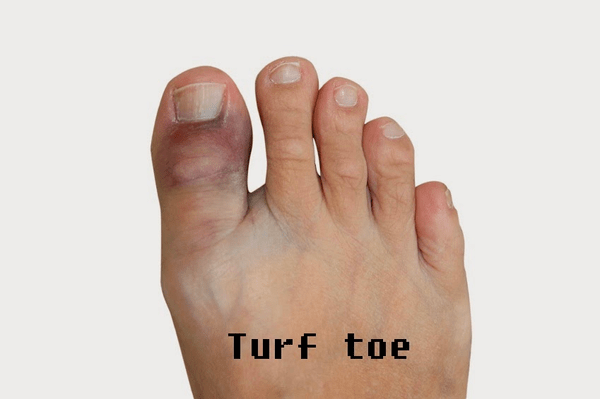
5 Common Causes of Turf Toe
Turf toe is a painful condition that affects the base of the big toe, often resulting from hyperextension of the toe joint.
It’s particularly common among athletes who engage in activities requiring sudden stops, starts, or changes in direction.
Understanding the causes of turf toe is essential for prevention and effective treatment. Below, we explore the five most common causes of this injury.
1. Playing on Hard Surfaces
The term "turf toe" originates from its frequent occurrence on artificial turf surfaces, but it can also happen on other hard surfaces. These surfaces lack the natural give of grass or softer terrains, increasing the force exerted on the toe during athletic movements.
- Why it Happens: Artificial turf and hard floors provide less shock absorption than natural grass. When athletes push off or stop suddenly, the toe joint absorbs excessive force, increasing the risk of hyperextension injuries.
- Examples: Football, soccer, and rugby players are especially vulnerable, as they often play on artificial turf and rely on quick, explosive movements.
2. Wearing Inappropriate Footwear
The type of footwear athletes use can significantly contribute to turf toe. Shoes that are too flexible or lack adequate support for the forefoot increase the likelihood of the big toe bending beyond its natural range of motion.
- Why it Happens: Flexible shoes, such as those designed for speed or agility, often fail to stabilize the toe joint during high-impact activities. Additionally, shoes with worn-out soles or inadequate cushioning exacerbate the problem.
- Examples: Athletes wearing lightweight, low-profile cleats or running shoes without proper arch support are at higher risk.
3. Sudden Stops and Changes in Direction
Quick directional changes and abrupt stops place immense stress on the big toe joint, making it susceptible to hyperextension. These movements are common in sports requiring agility and speed.
- Why it Happens: When an athlete decelerates rapidly or pivots, the forefoot often becomes the primary point of contact with the ground. If the big toe bends upward excessively during these actions, the ligaments and joint capsule can be injured.
- Examples: Basketball, tennis, and soccer players frequently perform rapid directional changes, increasing their risk of turf toe.
4. Overuse and Repetitive Stress
While turf toe often results from acute injuries, repetitive stress over time can also lead to this condition. Constant strain on the toe joint gradually weakens the surrounding structures, making them more vulnerable to injury.
- Why it Happens: Activities that require repetitive pushing off with the forefoot, such as sprinting or jumping, create cumulative stress on the big toe joint. Over time, this can lead to inflammation, ligament damage, or joint instability.
- Examples: Runners, dancers, and gymnasts often experience turf toe due to the repetitive nature of their movements.
5. Poor Conditioning or Fatigue
Inadequate physical conditioning and muscle fatigue can contribute to improper movement mechanics, increasing the risk of turf toe. Weakness in the muscles supporting the foot and ankle can lead to overcompensation by the toe joint.
- Why it Happens: When the body is fatigued, athletes are more likely to misstep or land awkwardly, placing undue stress on the big toe. Poor conditioning also limits the body's ability to absorb and distribute forces effectively.
- Examples: Athletes returning to play after an extended break or those who skip proper warm-ups and conditioning exercises are at higher risk.
Preventing Turf Toe
While understanding the causes of turf toe is crucial, prevention is equally important. Here are some tips to minimize the risk:
- Choose Proper Footwear: Invest in shoes with adequate forefoot support and cushioning to stabilize the big toe joint.
- Use Orthotics: Custom insoles or turf toe plates can limit excessive toe movement and provide additional support.
- Strengthen Supporting Muscles: Exercises targeting the foot, ankle, and calf muscles can improve stability and reduce strain on the toe joint.
- Warm Up Properly: Always perform dynamic stretches and warm-up exercises to prepare the body for intense activity.
- Avoid Overtraining: Incorporate rest days into your routine to allow the body to recover and prevent overuse injuries.
Treatment for Turf Toe
If turf toe occurs, early intervention is critical to prevent further damage and promote recovery. Treatment options include:
- Rest and Ice: Resting the foot and applying ice can reduce inflammation and pain.
- Compression and Elevation: Wrapping the toe and elevating the foot can minimize swelling.
- Physical Therapy: Exercises to restore strength and range of motion can accelerate healing.
- Medical Intervention: Severe cases may require immobilization, corticosteroid injections, or even surgery.
Conclusion
Turf toe is a common yet preventable injury that can sideline athletes if not addressed properly.
Playing on hard surfaces, wearing inappropriate footwear, performing sudden movements, repetitive stress, and poor conditioning are the primary causes.
By understanding these factors and taking proactive measures, athletes can reduce their risk and maintain peak performance.
Should an injury occur, early treatment and rehabilitation are essential for a full recovery.
